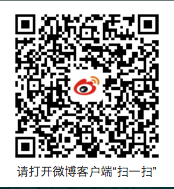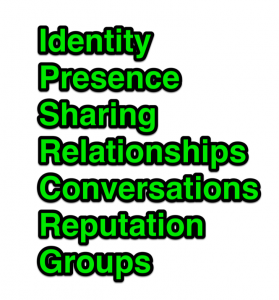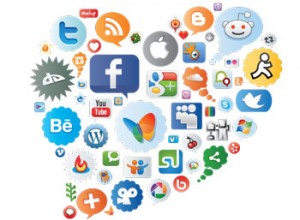Working through the social networking tools module of INF506 started me on a journey of evaluation of the opportunities provided by micro-blogging and how these platforms have affected my PLN (personal/professional learning network). It’s been a long while since I thought about just how much I rely on twitter to keep in touch with thought leaders in education, new professional reading, conference events and other opportunities to connect and learn from fellow educators across the world. What that looks like might be just about reading and lurking, researching links and information shared, or it might be participating in twitter chats and following hashtags with a few notifications set up to pull the information to me instead of having to reach out to get it. There is something quite unique about twitter’s role in education in this century.
reading, conference events and other opportunities to connect and learn from fellow educators across the world. What that looks like might be just about reading and lurking, researching links and information shared, or it might be participating in twitter chats and following hashtags with a few notifications set up to pull the information to me instead of having to reach out to get it. There is something quite unique about twitter’s role in education in this century.
Twitter has completely shattered information access hierarchies… and social hierarchies too. In essence, twitter is accessible to anyone who has access to the internet and that access is global. This simple communication tool with a restriction of 140 characters has played a significant role in a global information revolution. For me it has provided opportunities that have been enabled by members of my PLN which have had a direct, positive effect on the learning outcomes of my students and my colleagues.
Within the INF506 module there was a section on twitter analytics and there are a wide range of tools to choose from to analyse your twitter account and reveal how twitter connections work. So it was time to have a play with these tools and see what the analytics revealed. The perfect opportunity came in the form of a new Australian chapter of the twitter chat #EnviroEd on Wednesday evenings which is hosted by some of the leaders of Environment Centres run by NSW Department of Education in various places across NSW. I have an interest in this topic but it also gave me an opportunity to see how the chat was reflected in my analytics amongst the normal usage of my twitter account.
 This graphic was created using Socioviz and provides a sociogram of my account within a set time frame – in this example it was set for a week either side of the #enviroED chat. Socioviz can reveal the interconnections between users on the twitter platform and the size of the dots indicate the frequency of contact for those members of the network. In this example, all the yellow dots on the right side of the graphic are people who participated in the #EnviroEd chat in the week of the snapshot.
This graphic was created using Socioviz and provides a sociogram of my account within a set time frame – in this example it was set for a week either side of the #enviroED chat. Socioviz can reveal the interconnections between users on the twitter platform and the size of the dots indicate the frequency of contact for those members of the network. In this example, all the yellow dots on the right side of the graphic are people who participated in the #EnviroEd chat in the week of the snapshot.
At one level this is just an interesting diagram for a personal twitter account but these analytics have the potential to be very useful when analysing social media usage for schools and libraries – finding the links in school communities and providing information about library users. Drilling down into data can provide information to inform decisions about content and timing of usage of social media accounts and how best to manage those accounts.
Of course twitter has its own analytics features which can provide lots of information about how the account is engaging with followers and the traction being achieved for content that is posted. Knowing your audience and when they interact with your account can help the management team to utilise the account more efficiently and provide the data required to know if it is worth all the effort to maintain these social media accounts.
There are many measures of engagement provided by twitter. Link clicks, retweets, likes and replies can provide information about how followers are engaging with the accounts and when this is happening. It is important to remember that for many businesses that run twitter accounts they are doing so by paying for it using professional social media marketing and management companies. Schools and libraries can tap into this expertise by reading social media marketing blogs and engaging with social media experts online – yes… through their twitter accounts.
It is important to remember that representing an educational institution or teacher professional association, using a twitter account, comes with responsibilities and potential problems. Social media policies are written to protect employers and associations from poor decision making of individuals who are running accounts. Honorary positions can be forfeited by misusing twitter accounts for personal point scoring or poor digital citizenship – misrepresenting your employer’s position or providing incorrect or poorly worded advice when you are representing a professional association, will have consequences in the real world. It is important to think carefully about what you post in any social media platform – but especially when you are representing an agency or association.
Engaging on twitter, building a PLN, and benefitting from the learning and connecting that is available, means that there is much to learn about best practice and how to build relationships online. The benefits are multiple and there are many opportunities to engage with this learning through twitter. There are a wide range of chats held with an education focus and these run at all hours of the day and night as twitter runs 24/7 across all the time zones. A list of just a few of the education based twitter chats is available here.
For me, five people I would recommend to follow on twitter would be @pipcleaves @townesy77 @aliceleung @johnqgoh and the amazing @nickpatsianas















